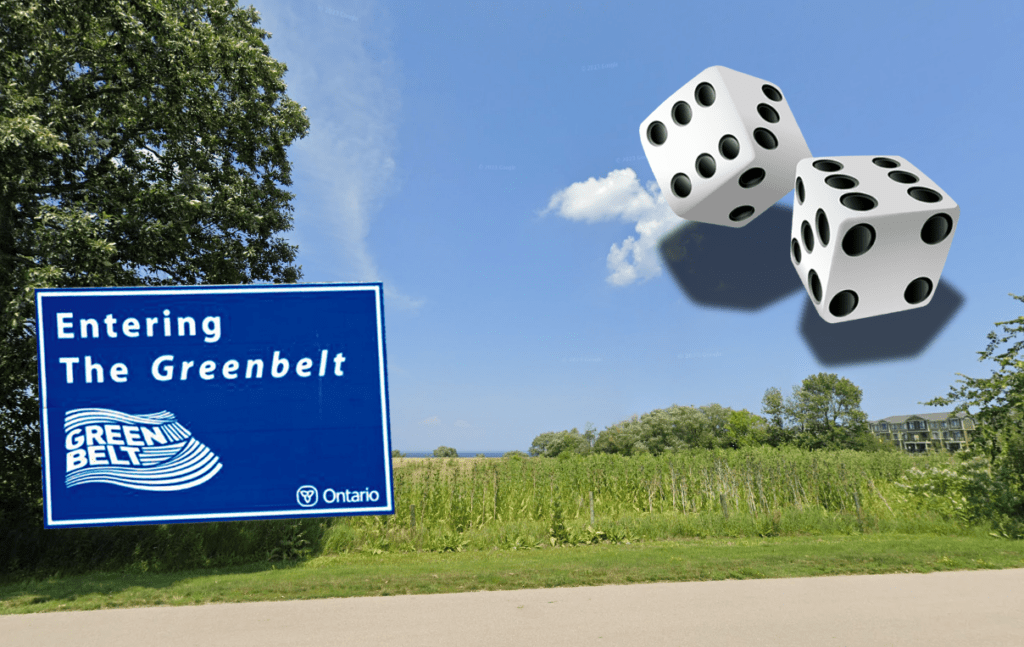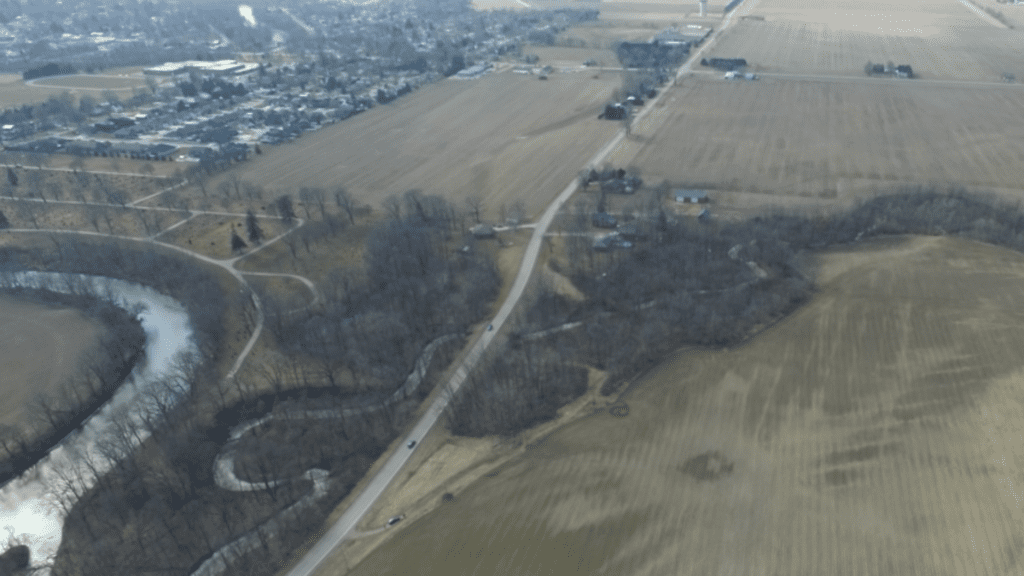Wetlands are essential for the health of Ontario’s environment. They provide habitats for so many species like the Northern Map turtle and Least Bittern, and are one of the most productive and biodiverse ecosystems in the world. Wetlands also offer a long list of imperative climate mitigation services like flood prevention and carbon storage.
We need wetlands. But now, more than ever, they are at risk.
At least 20 per cent of species at risk in Ontario rely on wetlands to survive. Unfortunately, southern Ontario has lost over 70 per cent of its original wetland area to sprawl development and draining for agriculture. Wetlands and the species that call them home continue to face a lack of much needed protection due to rewrites in the wetland evaluation system in 2022. Provincial changes to this system now mean that the presence of species at risk in a wetland no longer contribute to determining a wetlands importance or its level of protection.
So many species are put at risk when wetlands are not protected. Below are just five of the many provincially-listed species at risk that rely on Ontario’s wetlands to carry out their lifecycle:
Northern Map Turtle
Status: Special Concern
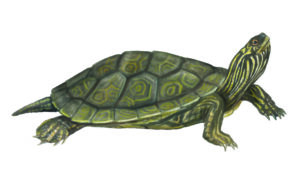

- Along with Ontario’s seven other native turtle species which are all considered at-risk either provincially or federally.
- They can be found primarily along large shallow water bodies with soft bottoms
- In addition to wetland loss, Northern map turtles are threatened by road mortality, and shoreline alteration
Least Bittern
Status: Threatened
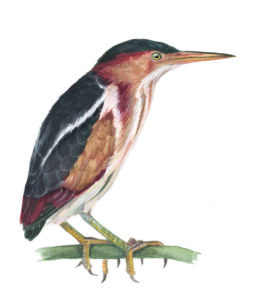

- Reaching only 30 centimeters in length, the Least Bittern is the smallest bird in the Heron family
- Found in a variety of wetland habitats located especially in the central and eastern part of the province.
- The main threat to the Least bittern is wetland destruction. The species doesn’t tolerate human disturbance well and will leave their habitat if there is too much human activity
Eastern Ribbonsnake
Status: Special Concern
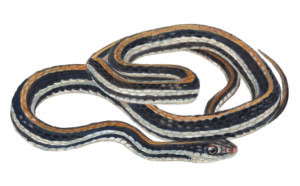

- The Eastern Ribbonsnake is a non-venomous semi-aquatic snake that can be found throughout southern and eastern Ontario wetlands and riparian zones.
- Wetland loss, road mortality, and pollution are the primary threats that the snake faces.
Rapids Clubtail
Status: Threatened


- The Rapids Clubtail is a relatively small, brightly coloured dragonfly that lives along medium to large rivers.
- Although the species’ primary habitat is along rivers, they also require areas of swamp or forest to access reproduction and resting/foraging sites.
- The species is threatened by habitat loss and degradation caused by human activity
Jefferson Salamander & Unisexual Ambystoma
Status: Endangered
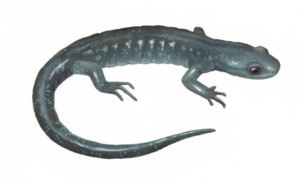

- The Jefferson Salamander and its genetically dependent hybrid lookalike, the Unisexual Ambystoma are restricted to southern Ontario habitats of deciduous and mixed forests that are within close proximity to wetland habitat for breeding purposes.
- Habitat loss and fragmentation are the biggest threats to the species.
These species are just a few of the reasons why protecting and restoring wetlands is so important.
Take Action
Help us stop unnecessary development projects, like the sprawl-accelerating Highway 413, that will pave over or cut up more than 75 of Ontario’s remaining wetlands and threaten the at-risk species that call them home.
Stand up to Mr. Sprawl, the force behind this destruction, and protect wetlands.





